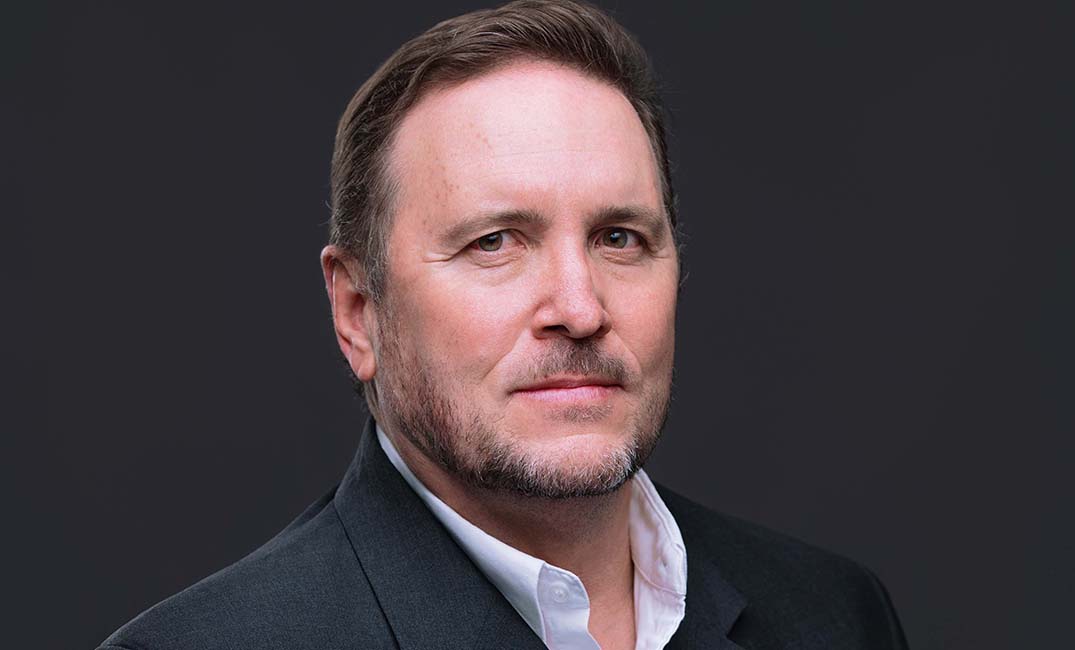Mzansi Energy Consortium is making grid-forming technology central to its new 12-year power purchase agreement (PPA) with Palabora Mining Company (PMC).
The Marula Green Power project will be South Africa’s first grid-forming renewable energy facility, combining 132MWp of solar PV with a 360MWh battery energy storage system and a dedicated 132kV transmission line.
While renewable power is vital to reducing carbon emissions, traditional “grid-following” renewable plants can unintentionally destabilise the national grid as renewable penetration increases. Studies and global experience show that at around 30% penetration, conventional grid-following renewable plants, which synchronise to but do not stabilise the grid, can exacerbate frequency and voltage instability.
“As a metaphor, traditional grid-following systems are like an old train where only the locomotive (coal/gas plants) provides stability. Adding too many renewable ‘carriages’ makes it unstable, requiring extra support. Grid-forming systems are like a modern high speed train where every carriage helps drive and stabilise. As more renewables are added, the grid becomes stronger and more resilient because grid-forming inverters actively maintain frequency and voltage,” says Wessel Wessels, chief operations officer at Mzansi Energy Consortium, and founder and CEO of Journey2Green.
“Grid forming will be the de facto standard,” says Wessels. “It allows solar and storage systems to behave like traditional synchronous generators – providing inertia, voltage support and even black start capability. Without this capability, the proliferation of grid-following projects will place increasing stress on South Africa’s already constrained system.
“If you are a responsible independent power producer (IPP), you cannot simply install grid-following renewables anymore. You risk destabilising the grid and, frankly, being left behind. Eskom and regulators will soon demand that new projects meet grid-forming requirements. We are proud to lead the way with the first project in South Africa to adopt this approach.”
Unlike grid-following systems, which disconnect during grid disturbances, grid-forming plants actively stabilise voltage and frequency. They provide “virtual inertia,” simulate the behaviour of traditional turbines, and can even support black start capability, enabling mines and other heavy industries to restart operations after an outage.
“South Africa’s grid is already under enormous strain. The wrong engineering choices now will only make it worse and could lead to situations like the recent grid failure in Spain,” says Wessels. “As an industry, we have a duty not just to install renewables for quick returns, but to ensure they are grid-friendly. Grid forming technology doesn’t just avoid adding to the problem – it actively helps Eskom stabilise the system.
“Apart from being the right thing to do, Eskom will almost certainly require grid-forming compliance for IPPs in the near future,” Wessels adds. “Independent power producers that do not invest in these capabilities from now on risk project delays, stranded assets, or regulatory non-compliance. By integrating grid-forming technology now, we are future-proofing the project and ensuring we contribute positively to national grid stability.”
Mzansi Energy is implementing the system in partnership with Huawei. Together with Eskom, the consortium is running extensive modelling and compliance studies to align the project with evolving South African grid codes.
The facility is expected to begin operations in early 2027. Beyond providing long-term energy security for PMC, the project demonstrates how engineering-led design choices can align private renewable investments with national energy system needs.
The project also represents one of the largest private-sector renewable energy investments in South Africa. “Grid forming is more than a technical upgrade,” Wessels concludes. “It’s about building a stable, resilient, future-ready power system for South Africa. The industry must adapt now – or risk being left behind.”

